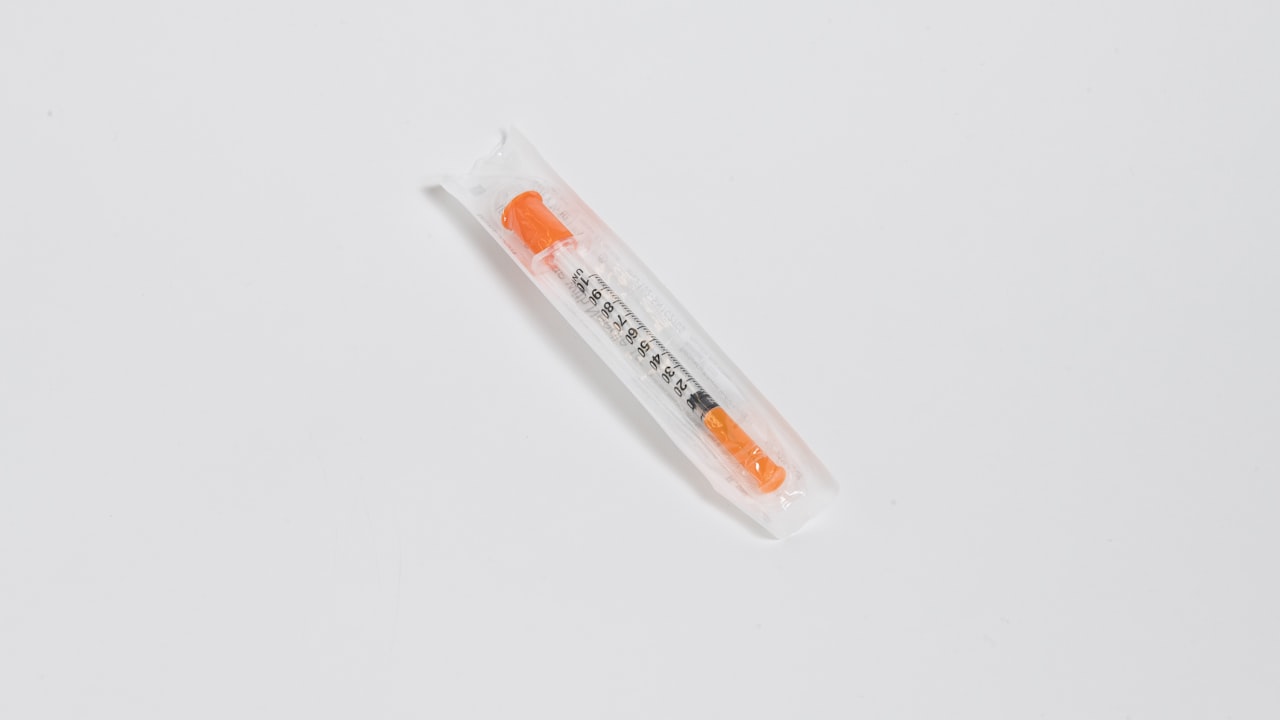 Title: Designing Optimal Injection Mold Tooling: Key Considerations and Best Practices
Title: Designing Optimal Injection Mold Tooling: Key Considerations and Best Practices
In the competitive landscape of manufacturing, having efficient and effective injection mold tooling can make a significant difference in the quality and cost of production. Injection mold tooling plays a crucial role in the manufacturing process, as it directly impacts the final product’s design, quality, and consistency. For businesses looking to optimize their injection mold tooling, understanding key considerations and implementing best practices is essential.
When it comes to designing optimal injection mold tooling, one of the first steps is to carefully select a reputable injection mold supplier. An experienced and reliable injection mold supplier can provide valuable insights and expertise throughout the design and production process. Working closely with a trusted supplier ensures that the tooling is tailored to meet the specific requirements of the project, resulting in higher quality molds and finished products.
The design phase of injection mold tooling is another critical aspect that requires attention to detail. Factors such as material selection, mold flow analysis, and cooling system design all play a significant role in the performance and longevity of the mold. Collaborating with experienced design engineers can help identify potential issues early on and minimize the risk of costly errors during production.
In addition to design considerations, implementing best practices in the manufacturing process can further enhance the efficiency and effectiveness of injection mold tooling. Regular maintenance and proper cleaning of the molds help extend their lifespan and ensure consistent product quality. Moreover, monitoring key performance indicators such as cycle time, scrap rates, and tooling costs can provide valuable insights for continuous improvement.
For injection mold factories looking to stay ahead in the industry, investing in advanced technologies and automation can streamline the production process and increase overall productivity. Automated processes not only reduce labor costs but also improve precision and repeatability, leading to higher-quality mold tooling.
In conclusion, designing optimal injection mold tooling requires a combination of careful planning, collaboration with experienced suppliers and engineers, and a commitment to implementing best practices in the manufacturing process. By prioritizing quality, efficiency, and continuous improvement, injection mold factories can enhance their competitiveness in the market and deliver superior products to their customers.
